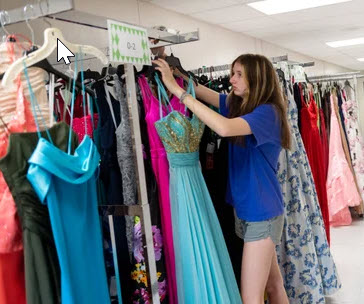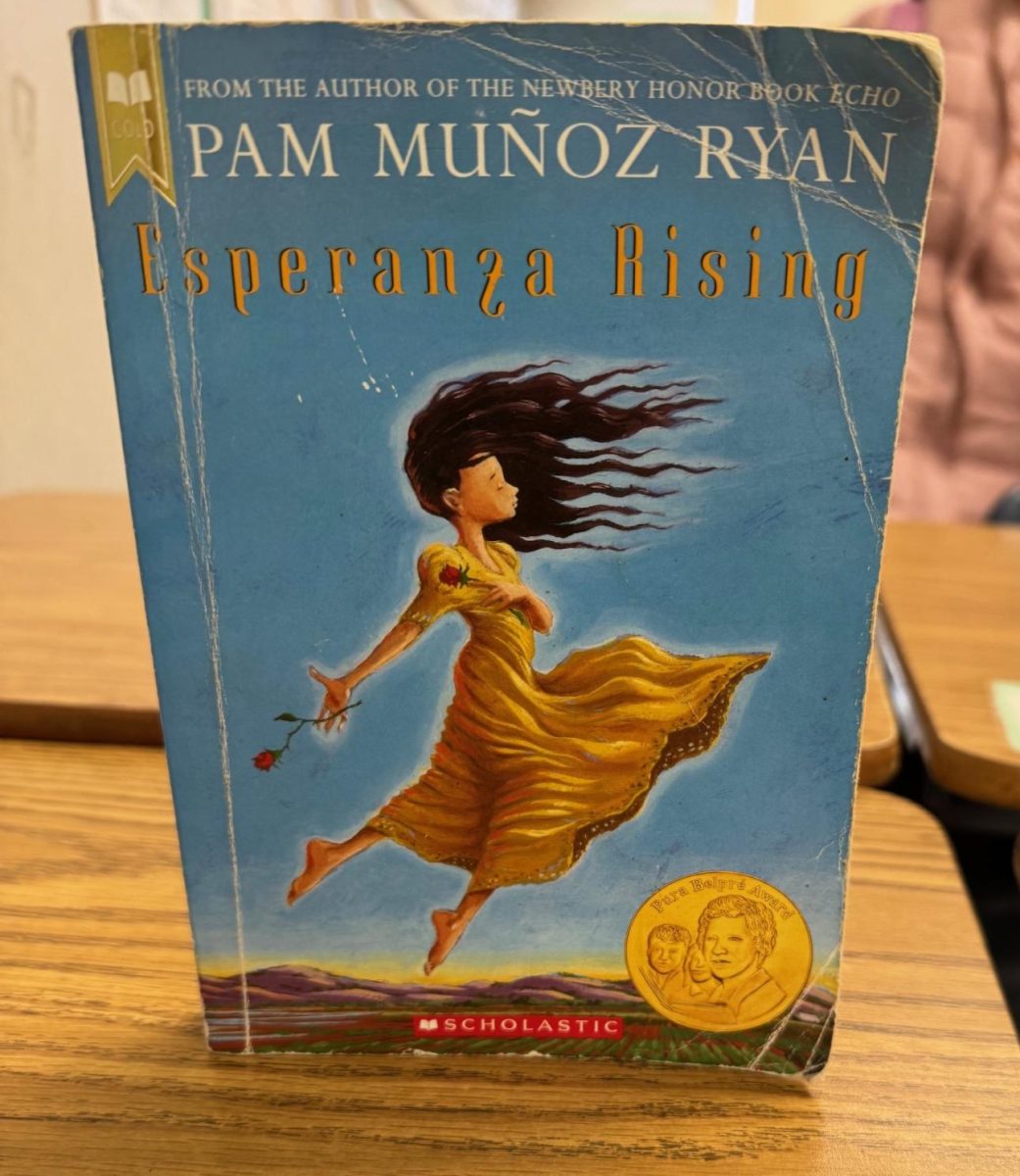Quidditch: Where Magic and Sports Mix
May 24, 2016
Everyone is familiar with the traditional sports of basketball, baseball, football, soccer, and others. But few are familiar with the game of Quidditch. Yes, Quidditch, the fictional sport from the critically acclaimed Harry Potter series is actually played in real life as well (without people flying around on broomsticks of course). The sport started in 2005 in Middlebury, Vermont. Since then, it has grown significantly in structure and popularity all around the world.
The International Quidditch Association was formed in 2010 and is the governing body for the game. There are national governing bodies in the U.S., Canada, the U.K., Australia, France, Mexico, Italy, Germany, Argentina, and many other countries worldwide. This unique and exciting sport will likely continue to grow and keep becoming more and more popular among many parts of the world.
The real-world adaptation of this game is an internationally played, mixed-gender, full contact sport. The sport consists of two teams with seven players all mounted on broomsticks secured between their legs and is played on an ice hockey-sized pitch. There are five main positions in the game of Quidditch: chasers, keepers, beaters, the snitch runner, and the seeker. The chasers are the ones who are responsible for passing the quaffle (slightly deflated volleyball only manipulated by chasers and keepers to score in the hoops on either side of the pitch for 10 points) and scoring by throwing the ball in the hoops. They are identified by a white headband. The keepers are similar to goalies in other sports like soccer because their job is to prevent the other team’s chasers from scoring. Keepers are identified by a green headband. Beaters have the task of hitting the other team’s players with bludgers (dodgeballs) and attempt to prevent the other team’s beaters from hitting their players. Beaters wear a black headband. The snitch runner carries the snitch which is a tennis ball placed at the end of a long yellow sock which is attached to the back of their shorts. The snitch runner is a neutral player, and does everything in their power to prevent the seekers from getting the snitch from them. The seekers are the ones who try to catch the snitch; they are released 18 minutes after the start of the game. They have to do everything they can to get the snitch without using forceful contact. Each team has only one seeker who is identified by a gold headband.
One student who plays Quidditch and goes to Falls Church is Henry Lewis (11). “Quidditch is a really fun and unique sport that actually requires a lot of skill and practice to get good,” he says. “The sport is growing fast and I’d really like to see how it picks up and becomes more popular in the next few years.”




